Tag: breath
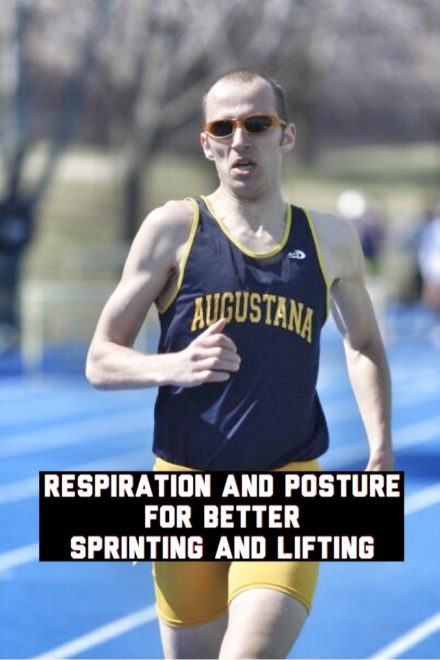
Respiration and Posture for Better Sprinting and Lifting
Want to help your clients and athletes perform at a higher level by incorporating breathwork? I recently did a q&a…
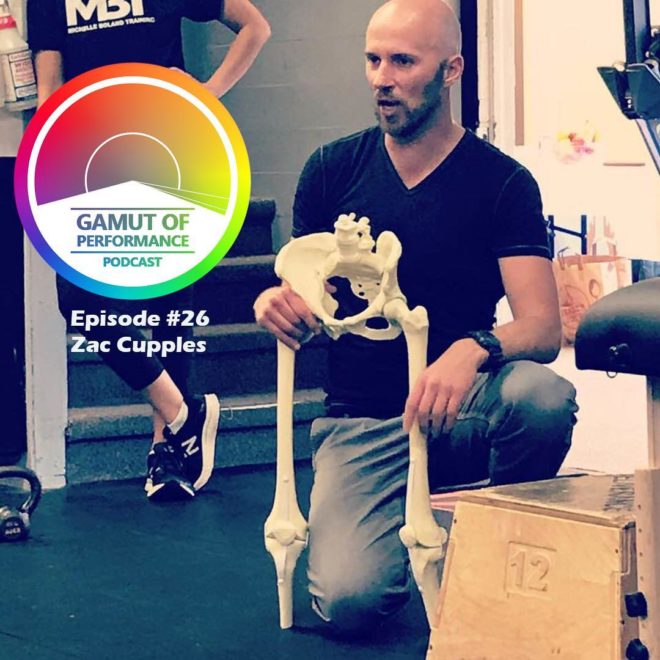
Infrasternal & Infrapubic Angles, and Improving Movement & Breathing Strategies
Want to learn about breathing? How it impacts movement? What are my thoughts are on the FMS? You’ll learn that…
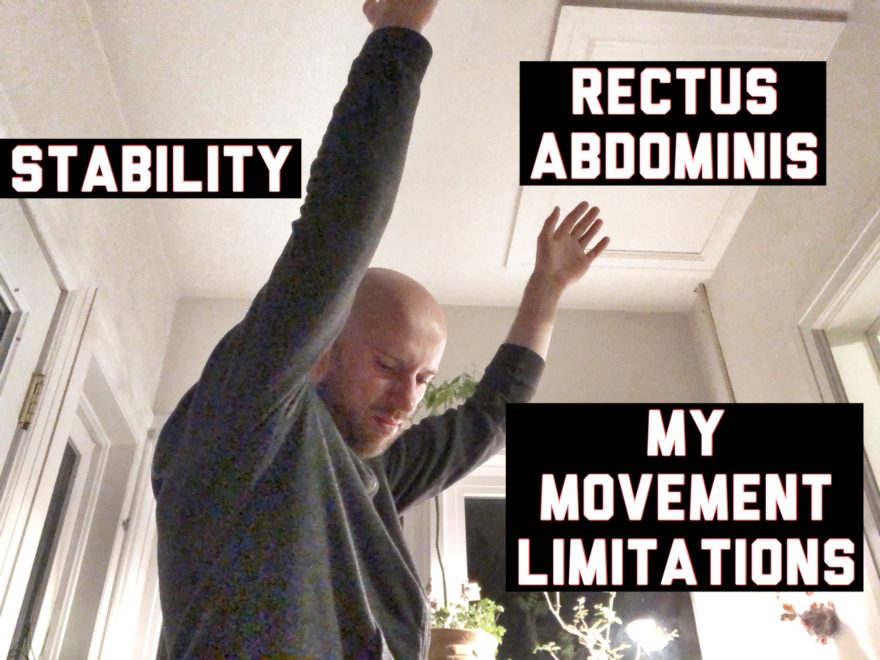
Rectus Abdominis, My Movement Limitations, and Stability – Movement Debrief Episode 64
Movement Debrief Episode 64 is in the books. Below is a copy of the video for your viewing pleasure, and…
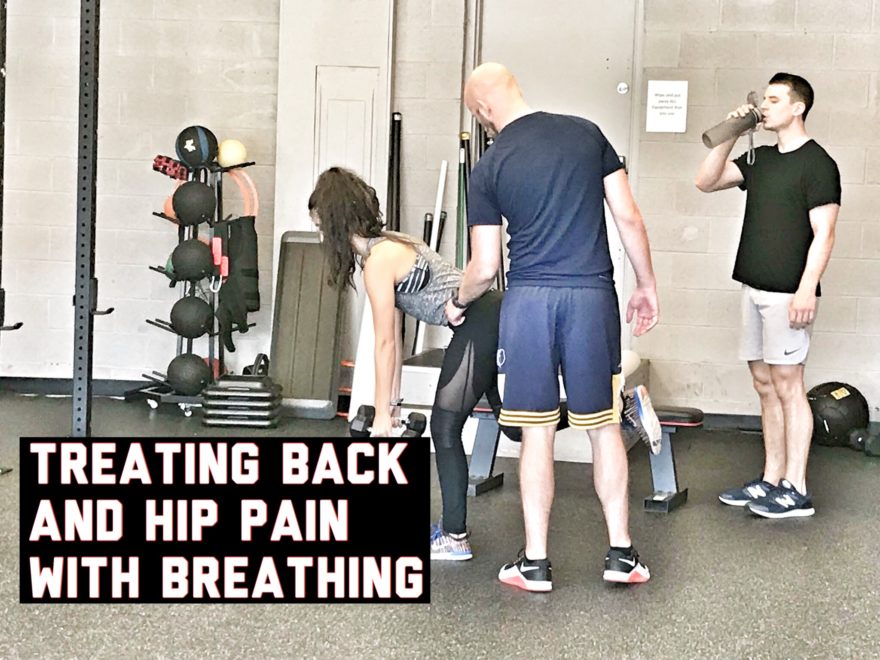
Treating Back and Hip Pain with Breathing – Live Case Study
Ever have someone who hurts multiple areas, and you are unsure where to start? What if I told you that…
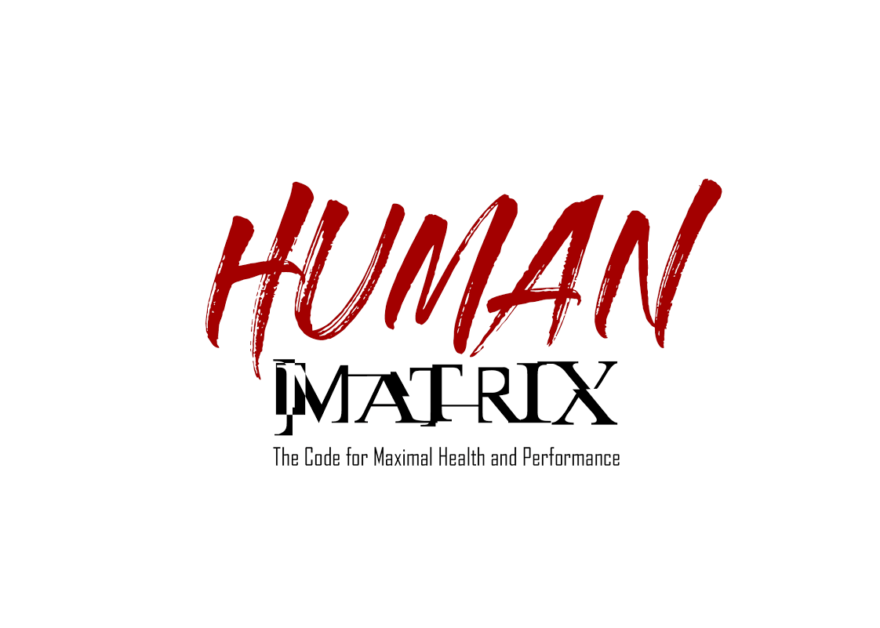
Learn Normal Respiratory Mechanics from the Human Matrix Manual
Do you… Have patients who hurt multiple areas and are unsure where to start? Have training clients who can’t perform…
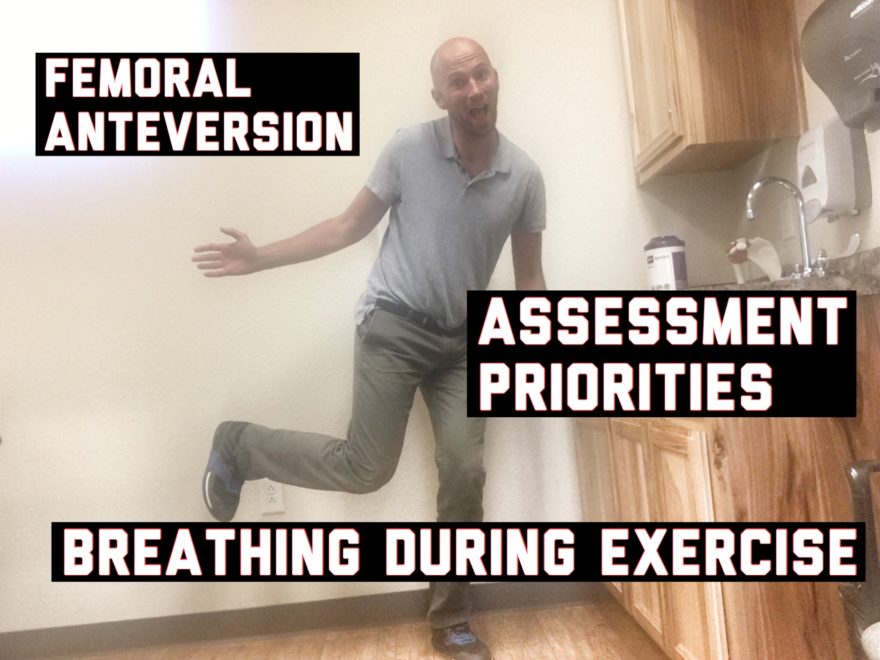
Breathing During Exercise, Femoral Anteversion, and Assessment Priorities – Movement Debrief Episode 49
Movement Debrief Episode 49 is in the books. Below is a copy of the video for your viewing pleasure, and…
Course Notes: DNS Summit
Why? In my short time out I have gotten heavily into the influence that breathing has on the nervous system.…
Course Notes: PRI Myokinematic Restoration
What a Class Wow. That’s all that really needs to be said. I have had a great deal of exposure…
